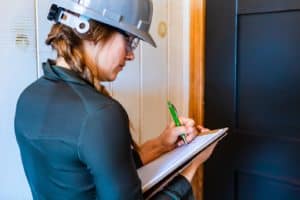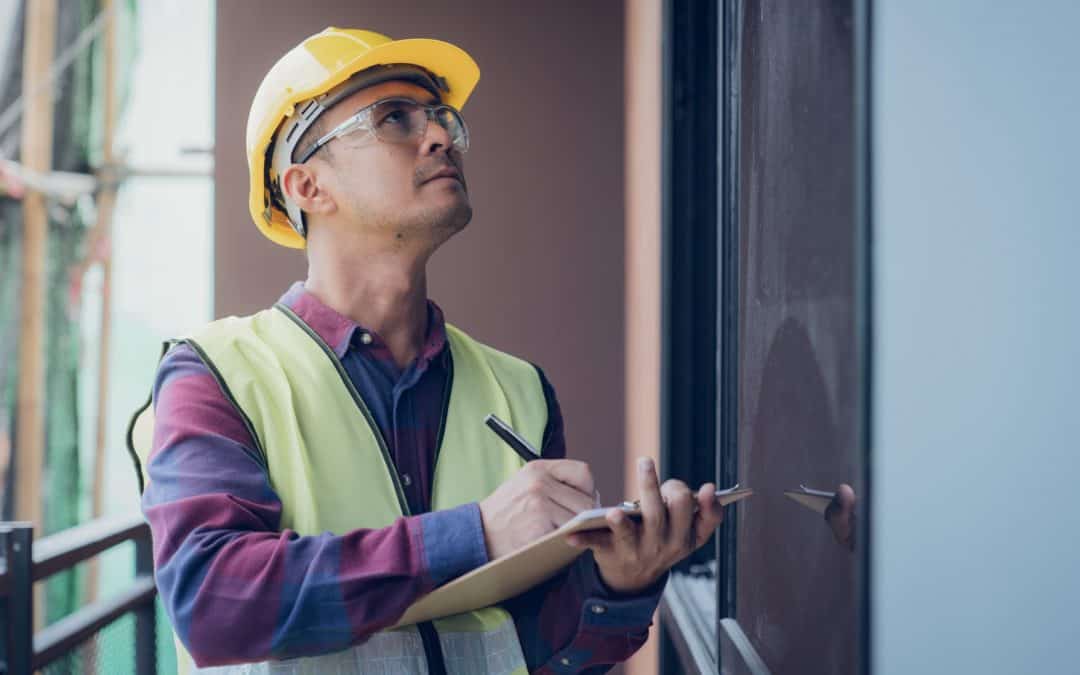Buying a house can be an exciting but stressful experience, especially if you’re a first-time homebuyer. You’ll need to get pre-approved for a loan, find your dream home, set up utilities, and make sure it’s safe enough to occupy.
A home inspection is the best way to ensure that your future home is in good condition before signing on the dotted line. This inspection will help you determine if there are any significant problems with the major systems in your new abode. This way, you don’t end up with surprises after moving in. You can check the official source to know how much average home inspection costs.
That said, this article discusses the six-item home inspection for first-time homebuyers. Read on for this insight!
1. Foundation
The foundation is essential as it is the base of your home. It supports the whole structure, so you must have a strong one.
There are several things you should look for when inspecting the foundation of your prospective homes, such as cracks, damage from water leaks, and termite infestations. These are all signs of foundation trouble.
Ensure any cracks in the concrete or block walls have been fixed appropriately and waterproofed. If not, they could cause structural problems in the future (like basement flooding).
Termites are another common problem with home foundations; they can eat through wood framing and destabilize entire walls if left unchecked. Always check for signs of termite activity before signing on as a buyer/owner of a new house by observing how accessible your new property is to these tiny insects.
2. Roof
Leaks are a serious concern, as they can lead to mold and structural problems. Be sure to check for leaks around the chimney, vents, and along all the roof seams.
It’s also essential to ensure there are no missing shingles or tiles. Such a situation could point to ventilation issues. Make sure the attic has proper insulation; if it doesn’t, you might want to consider installing some new material.
Finally, check for proper drainage to prevent water pooling on your house after heavy rains, snows, etc. If you’re not sure how much drainage is required, consult a professional before buying your home.

3. Electrical and Plumbing Systems
The electrical and plumbing systems in your home are two essential systems. Electricity provides power for lights, appliances, heating, and cooling. On the other hand, plumbing carries water to and from your home to the city’s water treatment facility.
You must have both of these systems checked out before you buy a house because they can cause severe damage if they go wrong later on down the line.
4. Windows
You’ll generally want to check for signs of damage, water intrusion, rot, and missing or broken panes in your prospective home. Make sure there are no gaps or cracks around the window frames because this can cause air leakage.
Also, don’t forget about the hardware. It’s also essential to look for missing or broken screens and hardware on any windows. If there are any, you can use them to lower the price of the home.
5. Heating, Ventilation, and Air Conditioning (HVAC) System
Check for leaks in the HVAC system. Leaks can be hard to find, but your inspector should be able to help you spot them. Also, check for proper ventilation and airflow. You want the air inside your home to circulate efficiently, so ensure enough room between walls and floors for airflow to move through the house.
Check for proper ductwork. Ductwork transports the air from the HVAC throughout your home; if this isn’t installed correctly, your HVAC may not work efficiently. Ensure that any vents or registers look secure before closing up the deal.
6. Attic and Basement
Attic and basement are two of the most common places for water damage, hence why you should inspect them. Water damage can cause mold growth and make a home uninhabitable.
When you’re inspecting these spaces, look for these signs:
- Rot or decay along joists or wood framing – this may indicate that moisture is getting into your walls.
- Stains on the insulation around pipes or ducts – may indicate that there’s a leaky pipe.
- Loose or missing ceiling tiles – these are evidence of leaks.
Conclusion
Home inspections are a vital part of the home buying process. They help buyers be prepared for what they might encounter in their new home. However, many buyers don’t know exactly what to look for during an inspection and do poorly at it. So, to prevent that from happening, this item checklist should help you through.

Recent Comments